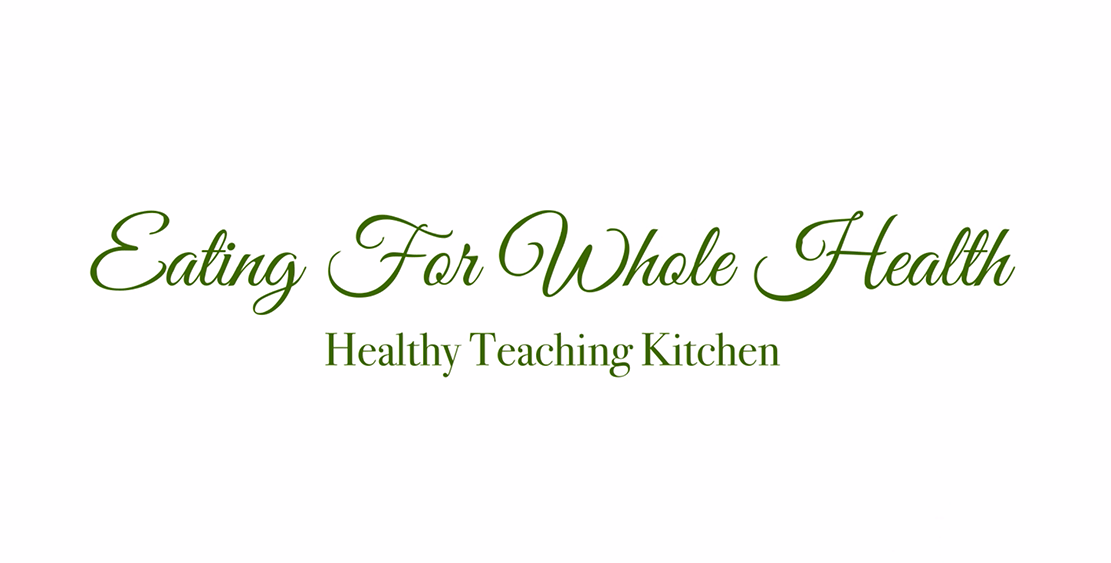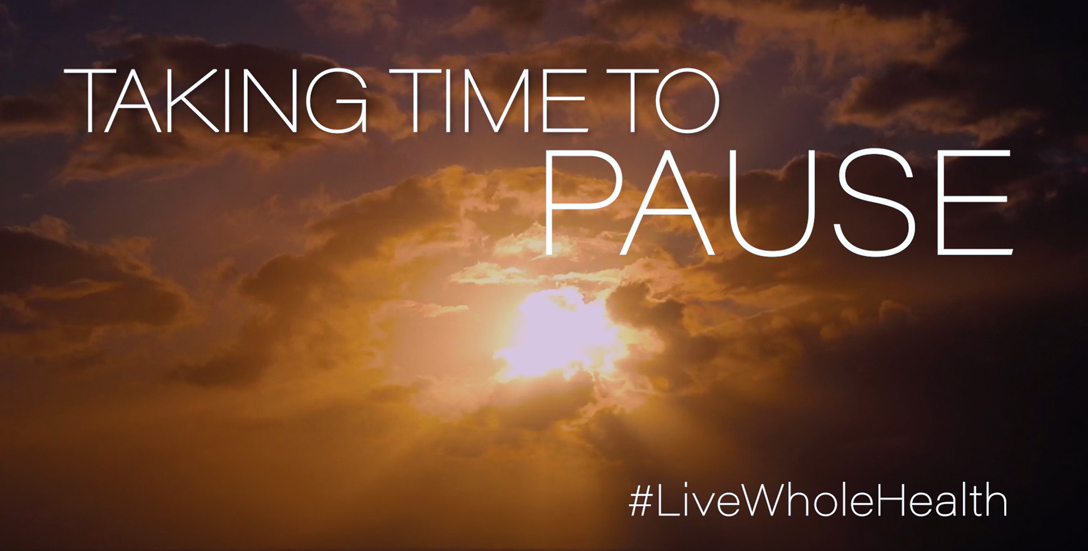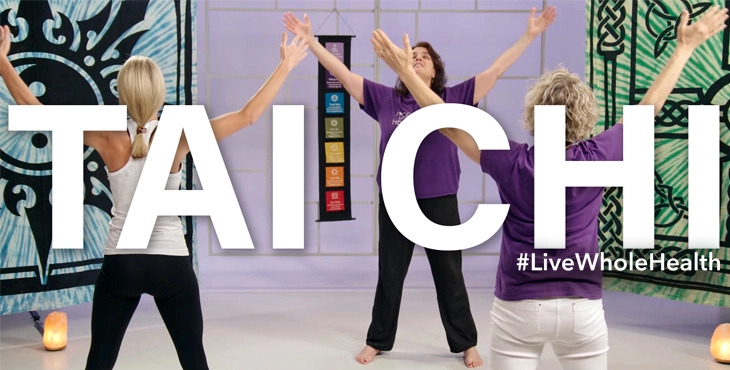Your health care providers keep telling you to “eat more vegetables,” “increase your fiber,” and “add kale to your diet—it’s a superfood.” How can you achieve all these things in one dish?
Watch Allison Chikos, registered dietitian, cook up a delicious African Sweet Potato Stew in one minute and two seconds! Well, it takes a little longer on the stove, but this simple recipe with easy-to-find ingredients will get you cooking.
African Sweet Potato Stew
Yield: 5 servings
Serving Size: 1 ¾ cups
Ingredients:
2 teaspoons olive oil
1 ½ cups onion, chopped
4 cups sweet potato (peeled and diced into 1/2-1 inch cubes
2 teaspoons garlic, minced
2 cups low sodium vegetable broth
1 can (14.5 oz) no salt added diced tomatoes
1 can (4 oz) fire roasted diced green chiles
2 tablespoons no salt added tomato paste (optional)
1 tablespoon curry powder
¼ teaspoon black pepper (plus more to taste if desired)
½ cup peanut butter
1 can (15.5 oz) low sodium garbanzo beans
2 cups fresh kale, chopped, stems removed
Estimated total time including preparation and cooking: 30 minutes
Preparation:
- Add oil to a large pot and heat on medium high. Add the onion and cook for 4-5 minutes (stirring as needed, until translucent).
- Add the sweet potato and cook for 4 minutes more, stirring occasionally.
- Add the garlic and cook for 1 minute.
- Add the broth, diced tomatoes, chiles, tomato paste, curry, and black pepper. Stir and bring to boil. Cover with lid and simmer for 10 minutes.
- Stir in the peanut butter, beans and kale. Replace the lid and let cook for about 5 minutes more.
Estimated per serving:
403 Calories, 56.2 g carbohydrate, 15.3 g fat, 14.3 g protein, 13.6 g fiber, 458 mg sodium.
Tips: 4 cups of diced sweet potato equals about 1 ¼ lbs (you’ll want to start with at least 1 ½ lbs sweet potato before it’s cleaned and peeled). You can swap out the kale with a few handfuls of fresh spinach, Swiss chard or collard greens.
Take charge of your plate!
When you eat food prepared at a restaurant, you have less control over what you eat. Since the 1970s, meals have become supersized. Portions have become two to five times as large as they were 20 years ago. Part of this rise in portion size is happening because people are demanding more bang for their buck. They feel bigger portions mean they’re getting a better deal.
Our plates are getting bigger while the healthfulness of our food is getting worse. If you want to increase your intake of healthy foods, you may want to check out these Healthy Tips on Eating Out and Grocery Shopping.
Topics in this story
More Stories
Always rushing? Take a moment to pause and create space in your life with a meditation to relax and rejuvenate, with this week's #LiveWholeHealth video.
Looking for a gentle way to boost your well-being? Try this simple 10-minute Tai Chi session, in this week's #LiveWholeHealth video.
Are you always trying to make your time more productive? Learn how to live fully in the present moment. No goals, just breathe, in this week's #LiveWholeHealth video.






